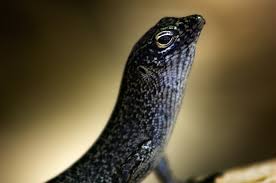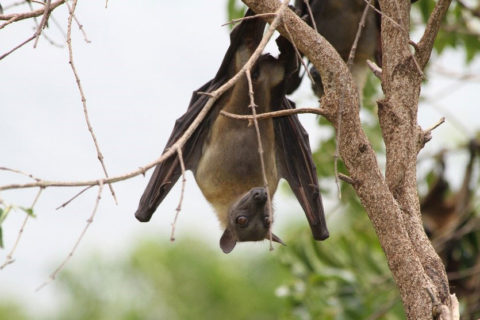Unusual Pollinators and the Plants They Love
We are all familiar with bees and butterflies as pollinators. But, did you know there are some very unexpected and unusual pollinators? Read on to learn about a few of them.
The largest of the pollinators is a mammal! The Black and White Ruffed Lemur from Madagascar pollinates the Travelers Palm also known as the Travelers Tree. Compared to the most common pollinators, these guys are huge. They have a body length of 10-22 inches and a tail length of 24-26”. Quite a bit bigger than say a monarch butterfly with a 4-inch wingspan. They primarily eat fruit but seeds, leaves and nectar are also part of their diet.
How about lizards and skinks and geckos? Oh my! The Noronha Skink pollinates the Mulungu tree in Brazil. The Mulungu is used by the indigenous peoples in Brazil as a medicine. Then there is the Blue Tailed gecko from the Island of Mauritius who pollinates the Trochetia flower. The Trochetia is the national flower of Mauritius. In New Zealand, more than 50 geckos along with birds and bees pollinate the metrosideas excelsa tree. This tree blooms around December and has vibrantly colored blooms earning it the nickname “Christmas Tree”. AND, in Tasmania a native snow skink visits the Richea scoparia plant. The Richea scoparia blooms in the summer with flowers that make the plant look like it is covered in candles and are a food source for wallabies.
Have you ever heard of a rodent pollinator? Spiny Mice in Africa pollinate the Protea or sugarbush plant. The Protea got its name from Proteus, the son of Poseidon and the King protea is the national flower of South Africa. Africa is also home to the Bush baby. These animals get their name from the childlike wailing vocalization they make, and they pollinate the iconic Baobab Tree.
Australia has some interesting pollinators too. The Sugar Gliders pollinate the Banksia species and the adorable Honey Possum pollinates several plants. Honey Possum don’t actually eat honey and live on nectar and pollen. They feed on Banksia, Bottlebrushes, Heaths and the Kangaroo Paw Plant among others.
Why are all pollinators important? Without them we would lose 1/3 of the world’s agriculture crops along with essentials like coffee, tequila and chocolate. What can you do to help? Plant a pollinator garden! You can also bring in pictures of your pollinator garden to the Houston Zoo’s Swap Shop. You will be registered as a Pollinator Pal and earn points to spend in the shop. That is a win-win!
Don’t know about the Swap Shop? Click here for more information.















